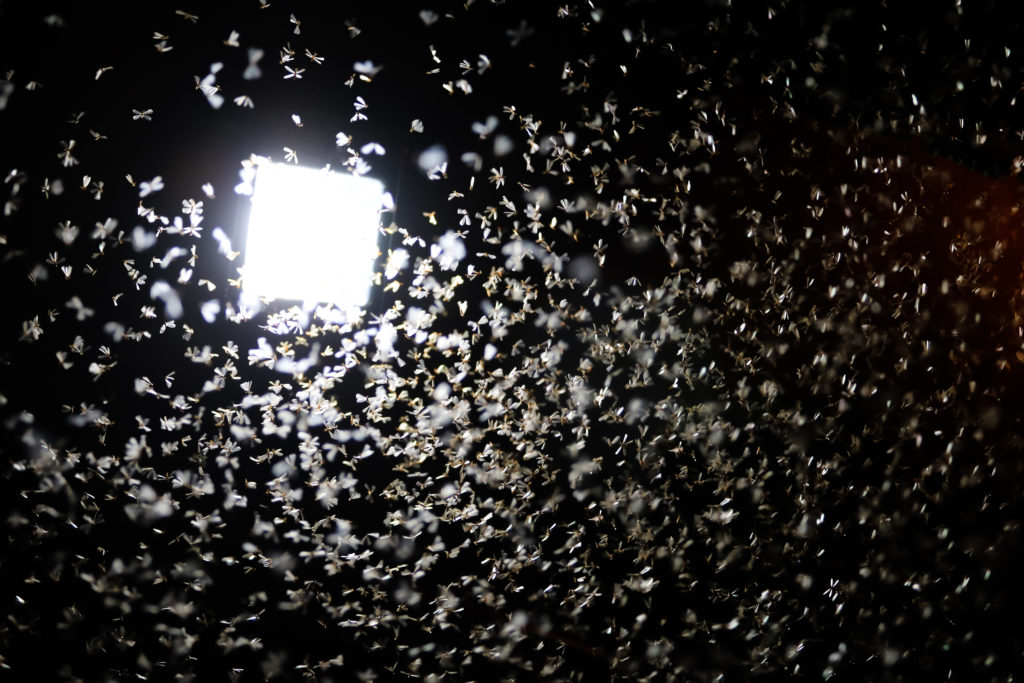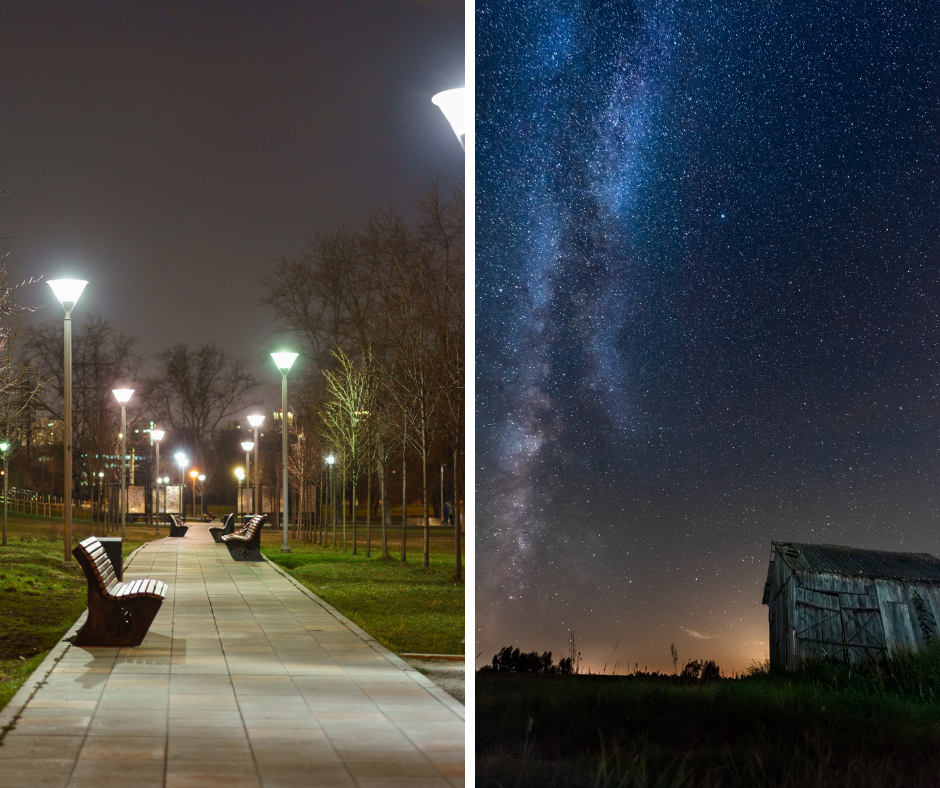And what can we do about it?
Contributed by Alessio Urso

Alessio Urso is the Principal of LightSmart, LLC, a lighting design consulting firm in the Metro Atlanta area.
He delivers exceptional visual experiences while promoting health and wellbeing in commercial and residential lighting design projects. To achieve this, he works cohesively with architects, interior designers, and end-users and avoids affecting the project’s complexity, schedule, and budget. He has over 20 years in lighting and controls design and lighting product distribution experience, working with the most prestigious lighting manufacturers in the USA and Europe. Follow Urso on LinkedIn.
Circadian Rhythm and Health
By now, most have heard that a misaligned circadian rhythm, our biological clock, can lead to humans’ severe health conditions. Plants and animals also have these built-in cycles that allow them to either bloom at the right time or sleep during the day and feed at night. These rhythms are set and re-set mainly by daylight to keep time at a rate of approximately 24 hours. Humans and other animals’ “body clock” regulate numerous bodily functions, including feeding, sleeping, body temperature, and hormone production. According to a study by Jason Brainard, M.D. et al., published in Anesthesiology, “Clinically, evidence suggests that if the circadian rhythm is experimentally disrupted in mice or men, metabolic syndrome and obesity, premature aging, diabetes, cardiac arrhythmias, immune deficiencies, hypertension, and abnormal sleep cycles develop (1).” It seems like every day we learn about new ways of how a disrupted circadian rhythm affects our health.
Impact of Lighting on Wildlife and Ecosystmes

The development of a complete electric lighting system in 1882 has had a dramatic impact on our lives. Today, more than 80% of the world and more than 99% of the U.S. and European populations live under light-polluted skies, according to the International Dark-Sky Association (IDA) (2). The new world atlas of artificial night sky brightness (3) shows the extent of this problem worldwide. Over millions of years, the signal coming from the environment telling us when it is daytime and when it is nighttime has maintained our circadian rhythms entrained. Now, this signal has dramatically changed, and all living things are being affected. Those of us living in big cities are more affected by too much electric light at night, but wildlife also struggles to adapt to these changes. Migratory birds may lose their sense of orientation and fly into buildings; turtles walk inland instead of out to sea and die. Corals don’t reproduce as they should. Insect numbers have drastically decreased, not only due to the use of pesticides and industrial pollution but also due to light pollution. This is an enormous problem; not only do insects pollinate crops and myriad wild plants, but they are also the foundation of many food chains.
Environmental Impact
The IDA estimates that excessive nighttime lighting releases more than 12 million tons of carbon dioxide, the most severe greenhouse gas, into the atmosphere each year. It would take nearly 702 million trees to absorb the carbon dioxide produced by wasted light. As developing nations continue to grow, this problem will only increase, adding to that is the fact that those countries usually utilize low-cost and low-quality LED lighting that has the wrong optics and color temperature.
The Solution: Advocacy, Informed Design Decisions, Personal Responsibility

There are several ways to combat light pollution and reduce its’ negative impact on our health, environment, and economics.
- We should advocate for better lighting ordinances in our community, preferably based on the IDA and Illuminating Engineering Society of North America (IESNA) Model Lighting Ordinance (MLO).
- As lighting designers, we should continually educate our clients on how the proper fixture selection and placement can create the ambiance they seek while at the same time avoiding sky glow.
- And we should all start by making sure our own homes are not contributing to this problem. Light only the areas that need it.
Use lighting fixtures that direct light downwards only and confirm that the light is warm in color. Place all your exterior lighting on timers or motion sensors, and make sure they turn off or are at least dimmed to low light levels late at night.
Well-designed nighttime lighting is not only about light, but the absence of light as well.
References
(1) Jason Brainard, Merit Gobel, Benjamin Scott, Michael Koeppen, Tobias Eckle; Health Implications of Disrupted Circadian Rhythms and the Potential for Daylight as Therapy. Anesthesiology 2015; 122:1170–1175 https://pubs.asahq.org/anesthesiology/article/122/5/1170/12396/Health-Implications-of-Disrupted-Circadian-Rhythms
(2) International Dark Sky Association. https://nas/content/live/lightfairblstg.darksky.org/80-of-world-population-lives-under-skyglow-new-study-finds/
(3) The new world atlas of artificial night sky brightness. https://advances.sciencemag.org/content/2/6/e1600377

